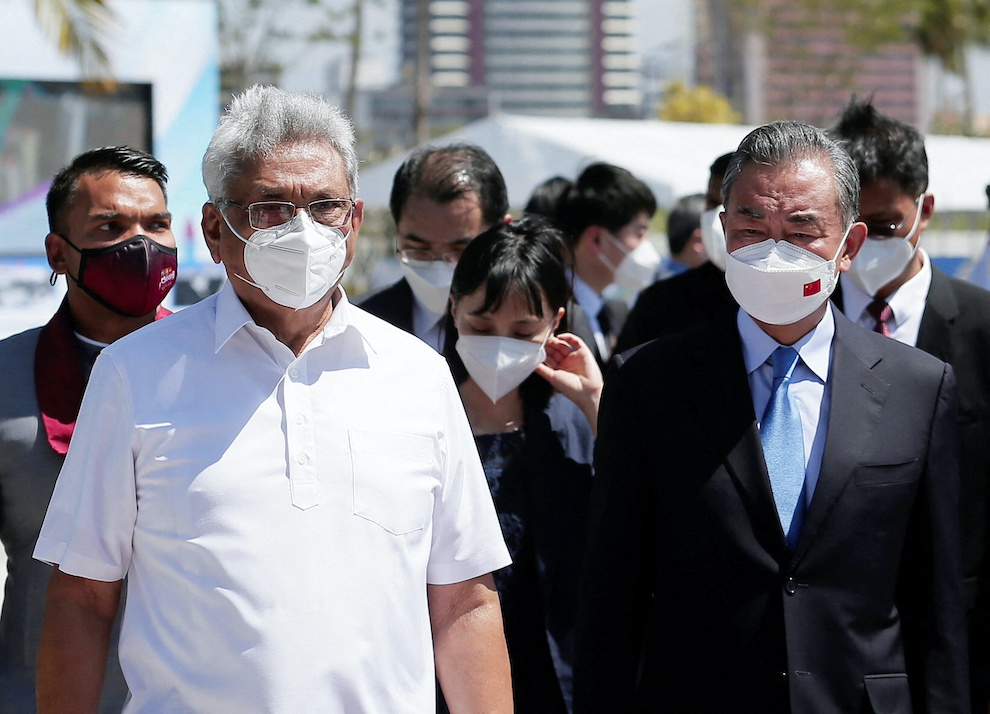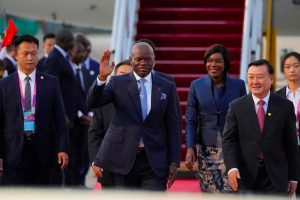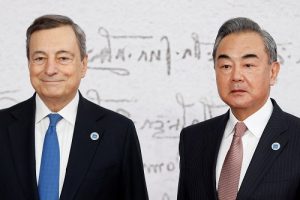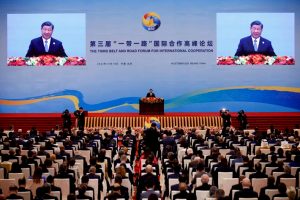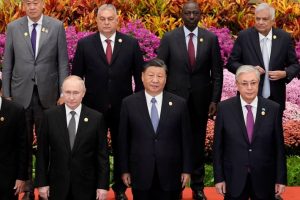Sri Lanka’s President Gotabaya Rajapaksa asked China to help restructure debt repayments as part of efforts to help the South Asian country weather a worsening financial crisis, his office said in a statement on Sunday.
Rajapaksa made the request during a meeting with Chinese Foreign Minister Wang Yi in Colombo on Sunday.
The island’s tourism-dependent economy has been hammered by the pandemic and its depleted foreign exchange reserves have led to food rationing at supermarkets and shortages of essential goods.
Sri Lanka has benefited from billions of dollars in soft loans from China but the island nation is currently in the midst of a foreign exchange crisis placing it on the verge of default, according to analysts.
“The president pointed out that it would be a great relief to the country if attention could be paid on restructuring the debt repayments as a solution to the economic crisis that has arisen in the face of the Covid-19 pandemic,” Rajapaksa’s office said in the statement.
China is Sri Lanka’s fourth biggest lender, behind international financial markets, the Asian Development Bank (ADB) and Japan.
Over the last decade China has lent Sri Lanka over $5 billion for highways, ports, an airport and a coal power plant. But critics say the funds were used for ‘white elephant’ projects with low returns, which China has denied.
Rajapaksa also requested China to provide “concessional terms” for its exports to Sri Lanka, which amounted to about $3.5 billion in 2020, the statement said, but did not give more details.
Key Belt And Road Recipient
Rajapaksa also proposed allowing Chinese tourists to return to Sri Lanka provided they adhere to strict Covid restrictions, including only staying at pre-approved hotels and visiting only certain tourist attractions.
Before the pandemic China was Sri Lanka’s main source of tourists and the island imports more goods from China than from any other country.
Sri Lanka is a key part of China’s Belt and Road Initiative (BRI), a long-term plan to fund and build infrastructure linking China to the rest of the world, but which others including the United States have labelled a “debt trap” for smaller nations.
Sri Lanka has to repay about $4.5 billion in debt this year starting with a $500 million International Sovereign Bond (ISB) maturing on January 18.
A $1.5 billion yuan swap from China helped the island boost its reserves to $3.1 billion at the end of December.
Debt repayment to China in 2022 is likely to be smaller than its ISB commitments of $1.54 billion, at about $400 million to $500 million, a Sri Lankan finance ministry source said.
Sri Lanka’s central bank has repeatedly assured all debt repayments will be met and said funds for the January ISB has already been allocated.
• Reuters and AFP, with additional editing by Jim Pollard
ALSO SEE:
Sri Lanka Bows to Chinese Pressure Over Fertiliser
Fitch Downgrades Sri Lanka Over Rising Default Fears
China’s Belt And Road Project ‘Facing Mounting Opposition and Debts’
G7 to ‘counter’ China’s belt and road with infrastructure project
Belt and Road projects still holding up, says China




